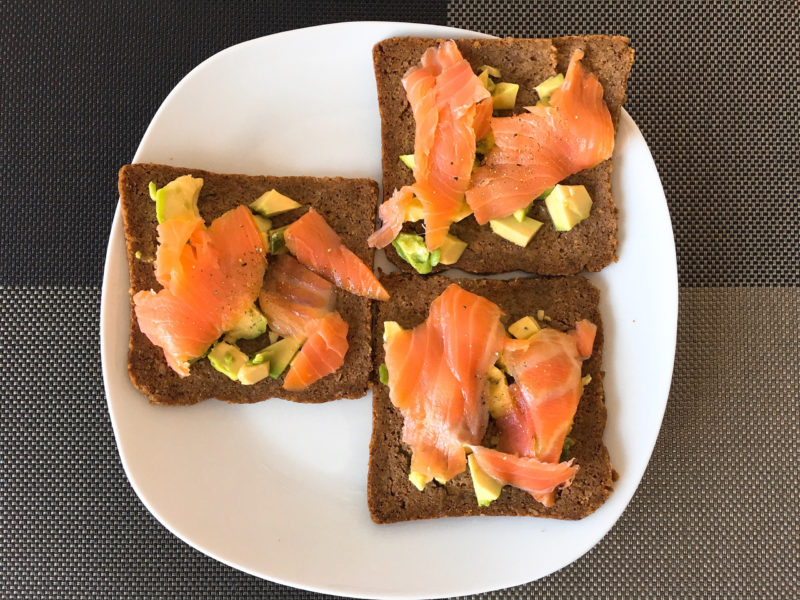Cryptocurrencies as an asset class are a very new thing in general, having only existed for a few years. Governments around the world are still learning about them and subsequently enacting regulations and laws governing them.
One big question that many cryptocurrency investors are sure to have is this: How will my cryptocurrency holdings be taxed?
This is the question I’ll be tackling in this article. If you would like to read more about Bitcoin before, check out my guide to investing in Bitcoin and other cryptocurrencies, as well as my list of crypto resources.
If you already know how your country taxes Bitcoin and you just want to find a way to quickly prepare your taxes, I strongly suggest you take a look at Cointracker.
This is a service that only tracks your crypto portfolio across various exchanges and cold storage devices, but can also prepare your taxes for you in a few minutes. If you do any trading or use bitcoin for payments this is an essential tool as you will have many transactions to record for tax purposes, and you can’t afford the possible mistakes that come from the tedious manual work of calculations.
Calculate your taxes with Cointracker
Cointracker is the service I use and recommend, I’m sure it will serve you well.
Alternative online crypto tax preparation services include Cointracking and Koinly.
Now let’s carry on with the explanations.
Cryptos only exist in a digital, virtual form and do not have any physical form. They can be used to make payments for goods and services, although no government has so far actively encouraged their use as an alternative currency. They are also popular as a store of value and for speculation, lending and trading purposes.






